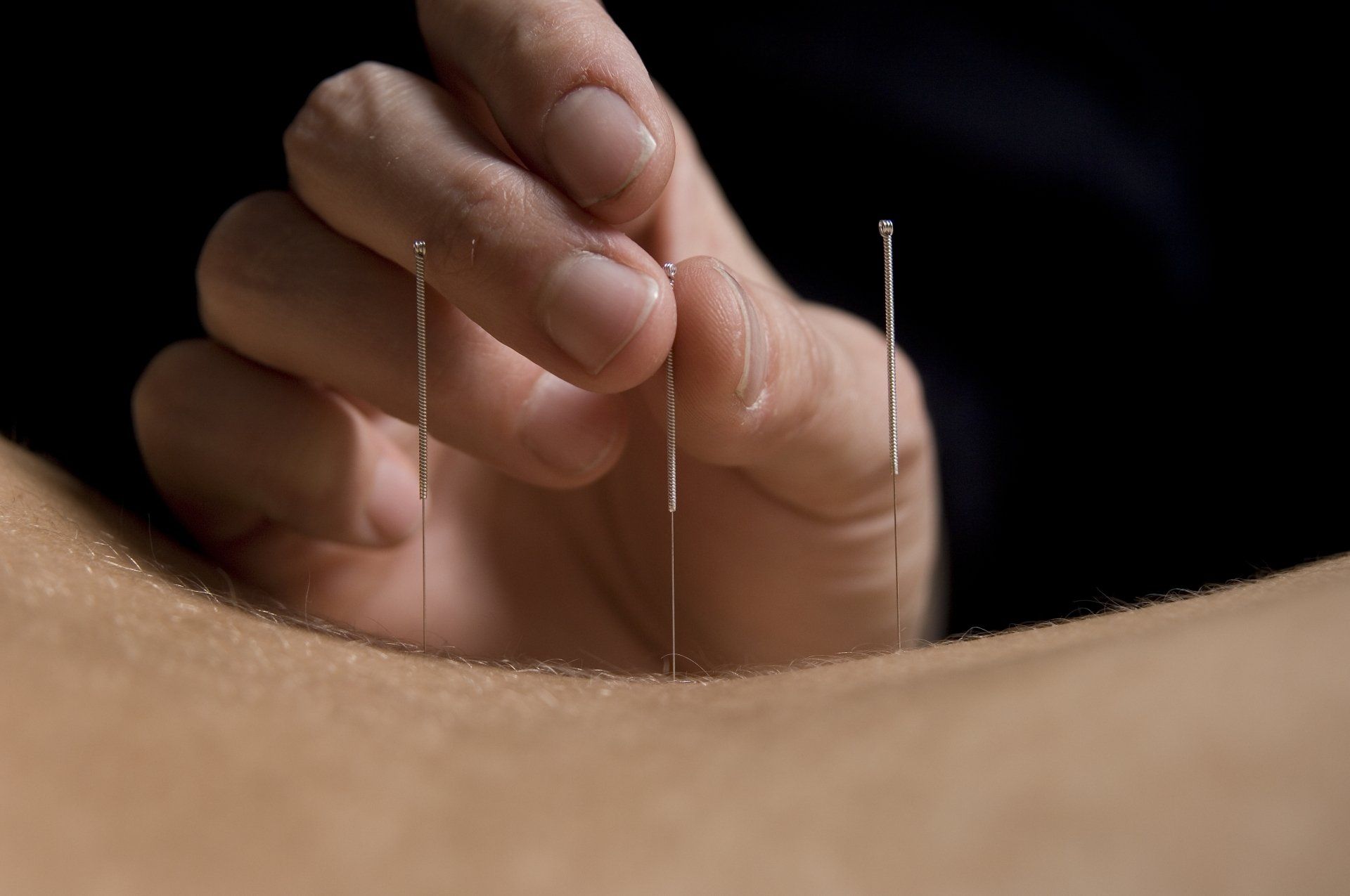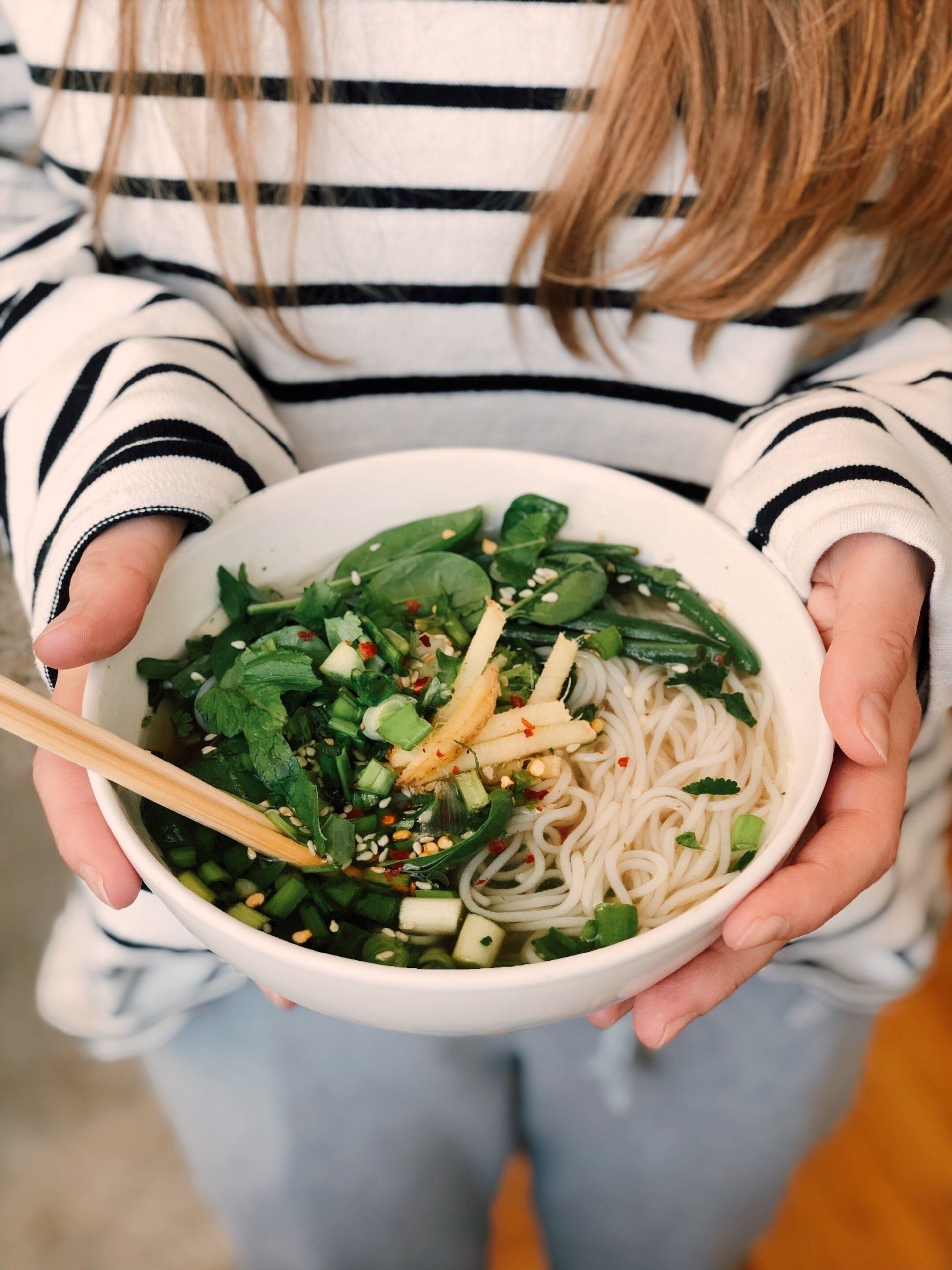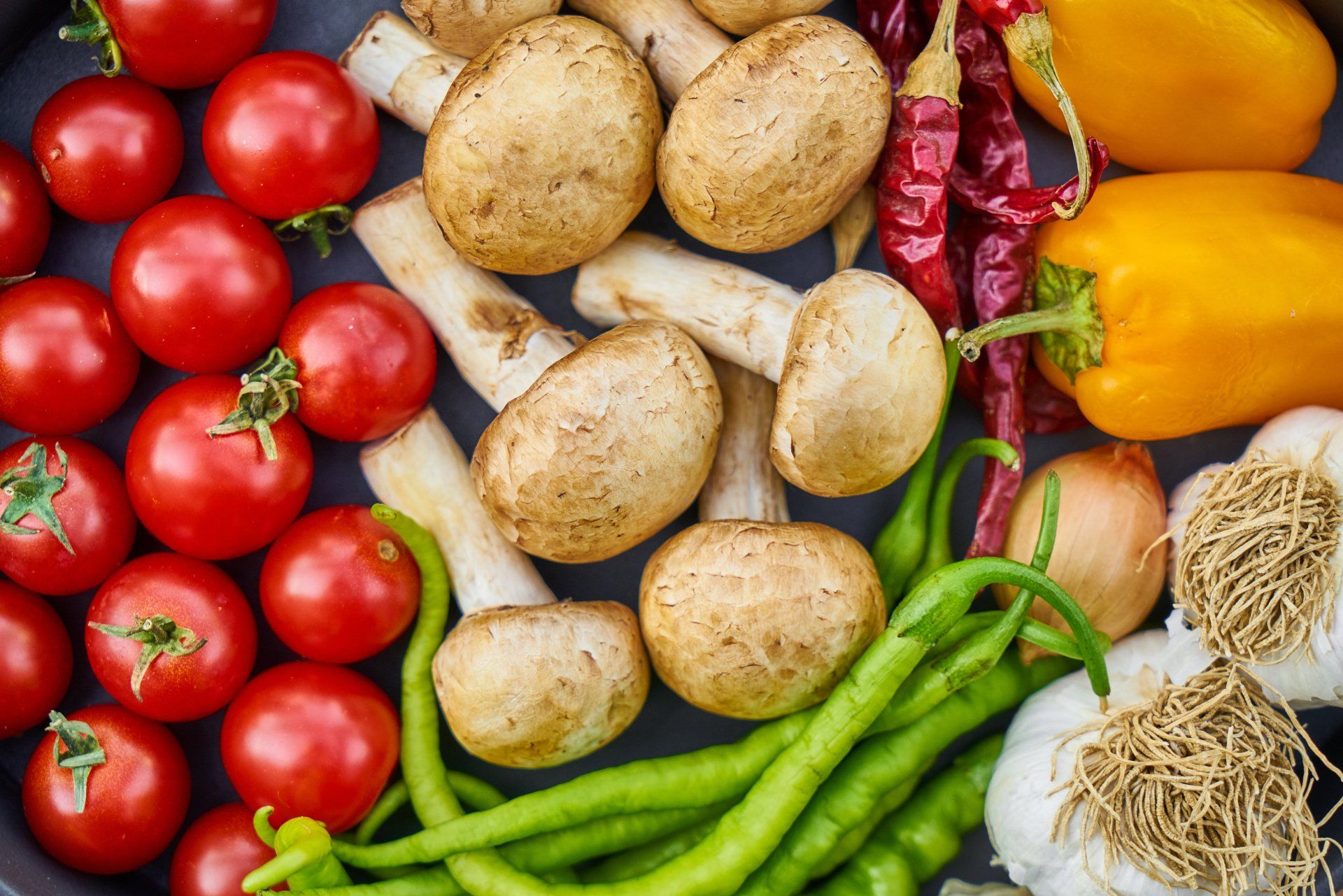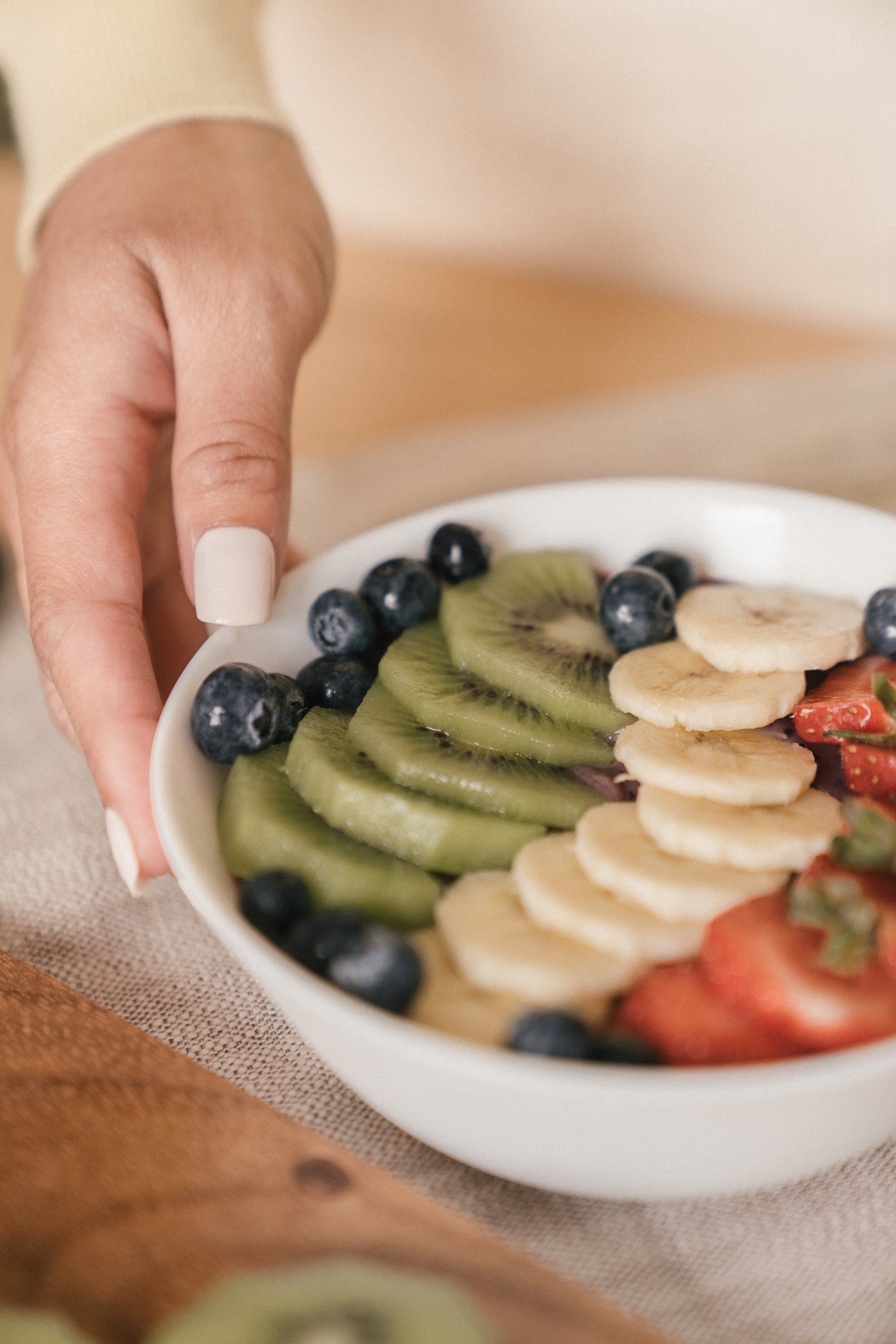Acupuncture & Chinese Medicine
Acupuncture
Member of the British Acupuncture Council. BAcC No. 513995
Acupuncture uses fine needles, cupping, gua sha and moxa to help rebalance the meridian system. During your first treatment I take a full case history and build a picture and diagnosis according to the acupuncture model. I couple this diagnostic picture with information taken from your pulses on both wrists and a map of your tongue. This diagnosis is adjusted each time we meet and as your symptoms change. Acupuncture is renowned for helping with simple and complex cases but always from a Chinese medical perspective. A course of treatments is recommended and together we take a journey to find out the root cause of the issues. Acupuncture is an holistic approach and each treatment is tailored a unique imbalances. Often there may be a diverse set of complaints that seem wholly unconnected, however in Chinese Medicine the trick is to look for the root that links them all together. In many ways they are not separate issues but a thread of symptoms linked together like beads on a string.
I studied acupuncture because I realised in the process of learning Tai Chi and Qi Gong that I had insufficient Chinese medical knowledge. This is not essential if we are practicing for fitness but a little more knowledge helps with understanding how Qi Gong and acupuncture are related. I thoroughly enjoyed my 3 ½ years at college and learned so much. As with anything there is always so much more. I am currently studying with Ann Cecil-Sterman whose understanding and ability to find meaning in the complexity of pathology and psychology in the human condition is astounding. As a result I still practice acupuncture using the base of Five Element principles taught at the College of Integrated Chinese Medicine, but I also have access to the Advanced Acupuncture curriculum taught by Jeffrey Yuan via Ann and her husband Andrew.
Nutrition
During my first week at acupuncture college nutrition was introduced as a potentially powerful form of self healing. “maybe as much as 95% of illness can be cured through diet” Taking food as medicine is ancient knowledge and much of our knowledge of herbs, plants, seeds and roots has been lost over the years as has eating with the seasons. Sometimes changing our eating habits can feel so challenging that for most clients so in the first instance I ask that we begin including stocks and stews: bone broths, chicken, ham hock, beef, fish or root vegetables, miso. These are considered ‘wet food’ in Chinese medicine (there are many more), but as a basic starting point if you are hungry then try a soup rather than crackers, sweets or even fruit and raw vegetables. Begin a meal with a light stock or vegetable soup.
We extract fluids from our food along side nutrients; minerals, vitamins etc. These fluids extracted from food are almost more important than water. Dry food takes fluids away. Cold, raw food though yummy can cause problems for our digestive system.
So to begin improving your health you could try to make these basic change without taking any thing away consider for at least a month:
- Only eating cooked warm/hot food
- Include more wet foods that suit your dietary lifestyle, stocks, soups and stews
- Eat a little 3 times a day finishing your last meal by 6pm if possible
- No snacking
Diagnosing and suggesting nutritional choices from a Chinese medical perspective is a complex but interesting study.
If you have a specific imbalance then foods can be chosen that harmonise the overall system to bring about renewed balance. This advice would then also include excluding foods and food groups whilst the body heals:
- Sugar
- Alcohol
- Minimise dairy
- Wheat
- Caffeine
Remember we are using food to help us feel well so changing our food choices is a first step. Do remember that when cutting foods our there can be some uncomfortable symptoms as the body detoxes from mild to quite severe, such as headaches, nausea, diarrhoea, sweating. These symptoms should abate in 3 – 7 days. You know your body best so you will know what is causing any detox symptoms. When I stopped drinking English black tea with milk I have incredible discomfort in my lower back, hips and legs for about 3 – 5 days. That is how my body responds. Its different for all and for many the only symptom is a mild headache.
The good news is that we begin to flow free from our habits and begging to feel great.
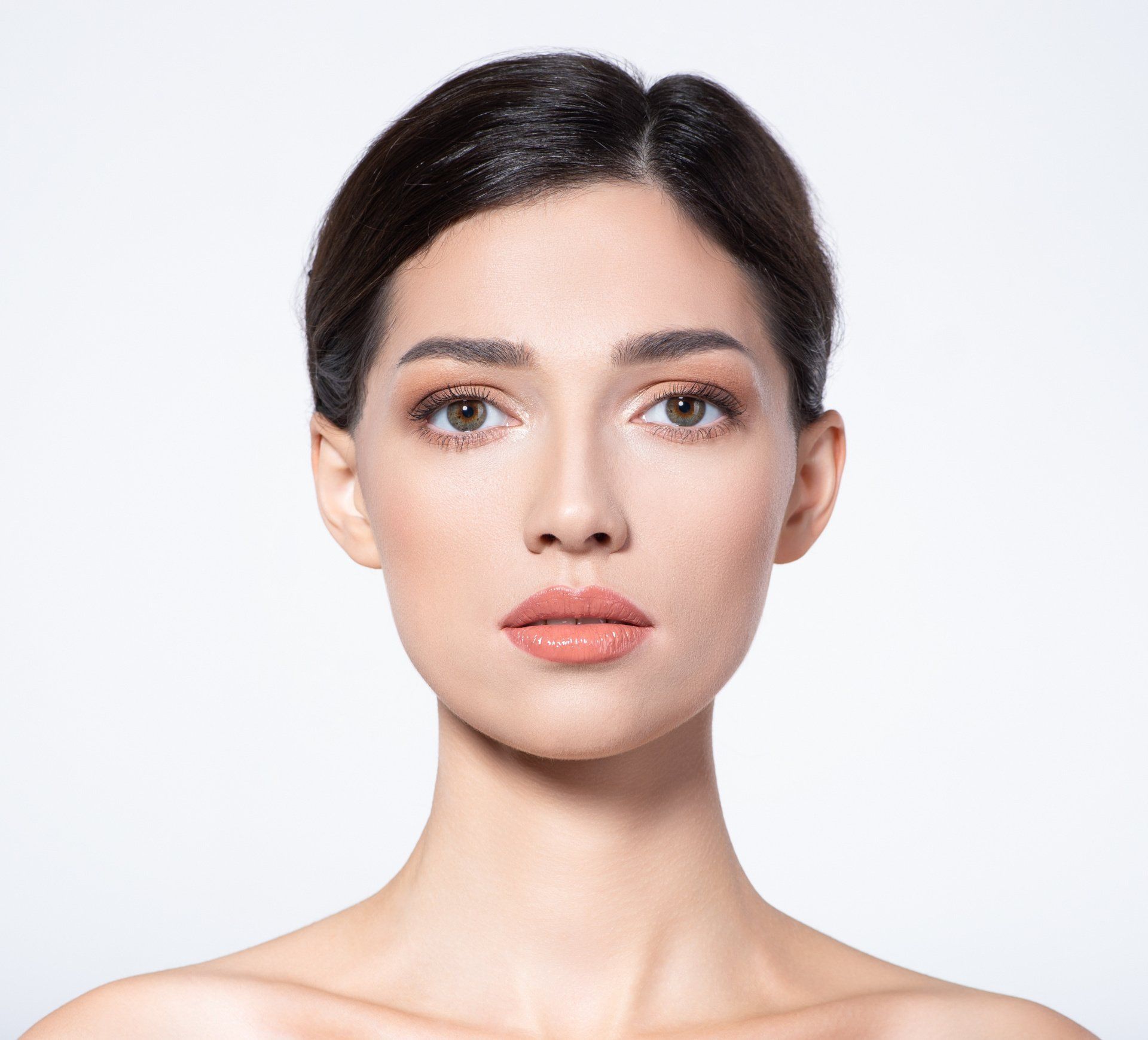
Chinese Face Reading
This is a useful skill for helping with diagnosis for acupuncture, as well as to help resolve longstanding issues. Your face is a map of your life if we know how to read it. What are we holding onto that no longer serves us in our current lives? What will help us feel well and free to live in a way that helps bring contentment?
For example: eyebrows can let us know if we prefer to lead or be part of a team. How quick do you feel and express anger and how fast does it dissipate? Are you artistic or flirtatious? Lips can tell us if we like beautiful things, how innately happy we are, or if we are a little mean or don’t look after our own needs enough so we can support others.
We do not take one feature in isolation but as a whole map we build up a full picture of personality, tastes, concerns and much else besides A consultation lasts about an hour or a little longer and is a dialogue incorporating information gleaned from the facial features, ears and body type.
My personal experience when I had a consultation with Lillian Bridges, my teacher, vocalised my held emotions so I could feel their validity and let them go, offered consolidation of my chosen career and affirmed the direction of my personal life. This led to a great sense of relief, followed by a clarity I hadn’t felt for a long time. Alongside this the reading was fun and full of insight.

